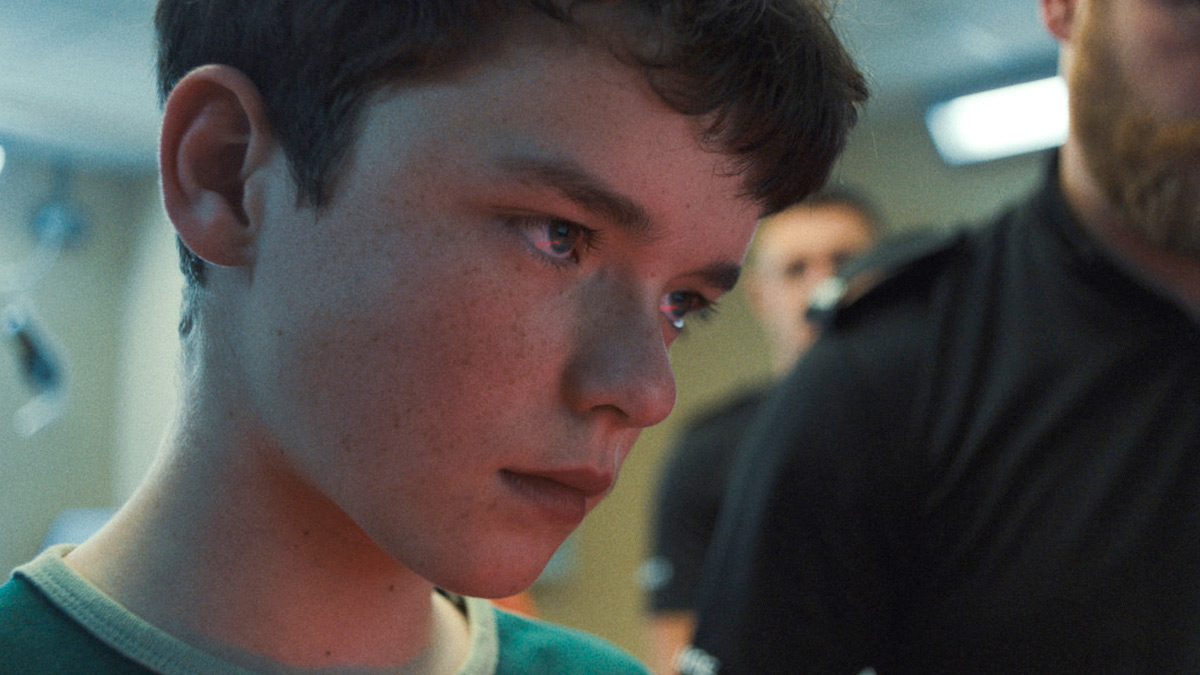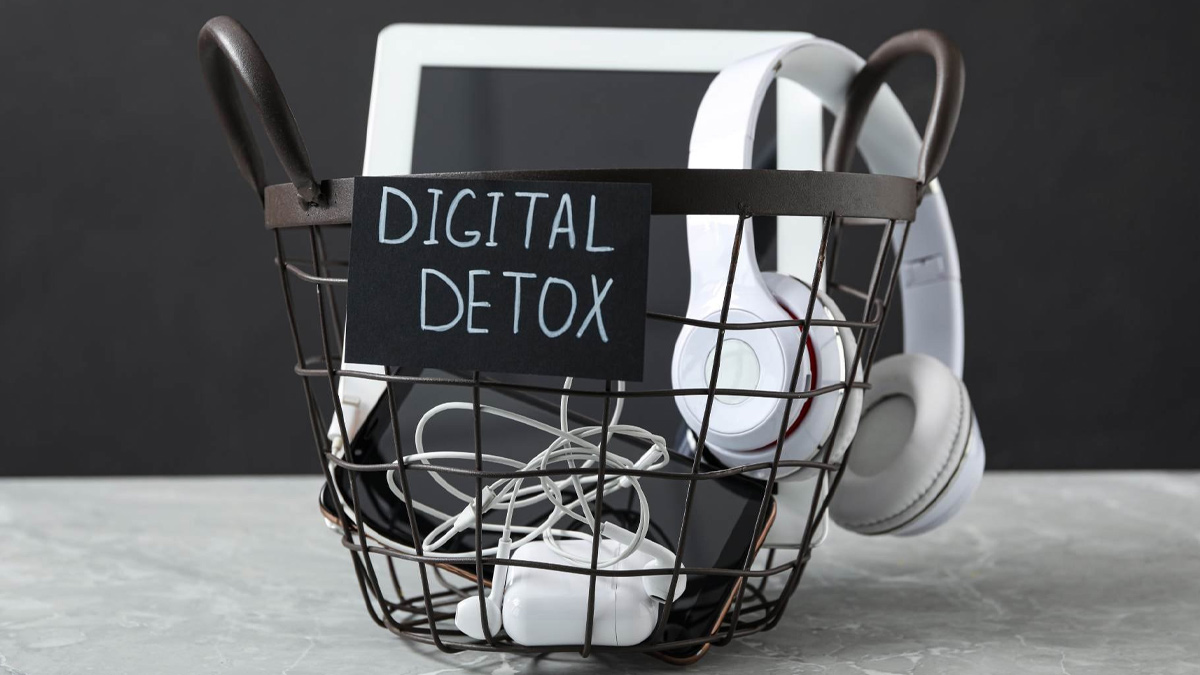
Netflix's latest show, Adolescence, sheds light on a growing concern among teenagers: screen addiction. The show masterfully captures how excessive social media use is influencing young minds, often leading to negative psychological impacts. Many parents remain unaware of how online platforms shape their children's thoughts, emotions, and behaviours. With cyberbullying, unrealistic beauty standards, and toxic online interactions becoming increasingly prevalent, the need for a digital detox is more crucial than ever.
Table of Content:-
CHECK YOUR
MENTAL HEALTH

The Impact of Screen Addiction on Teens' Mental Health
Experts emphasise that puberty is already a tumultuous phase in a teenager's life, characterised by hormonal changes, emotional instability, and social pressures. When social media is added to the mix, it exacerbates these challenges. Cyberbullying, public shaming, and constant comparisons on digital platforms can lead to heightened anxiety, depression, and, in extreme cases, suicidal thoughts.

Harmful online content related to self-harm, disordered eating, and aggression further worsens mental health. Exposure to unrealistic lifestyles and filtered portrayals of perfection creates feelings of inadequacy, low self-esteem, and social isolation. The pressure to stay constantly connected online often results in disrupted sleep patterns, reduced productivity, and emotional distress.
Also Read: 'The Office (US)' Workplace Habits To Avoid For A Healthier Work Environment
Understanding Digital Detox
A digital detox refers to taking a deliberate break from electronic devices, including smartphones, computers, tablets, and televisions. The goal is to focus on real-life interactions and mental well-being while reducing the stress linked to constant connectivity. Studies have shown that heavy technology use contributes to sleep disorders, increased stress levels, and depressive symptoms.
Many people assume that a digital detox requires a complete disconnection from the internet and electronic gadgets. However, experts suggest that a well-structured detox does not necessarily mean eliminating all digital interactions but rather setting healthier boundaries and mindful usage habits.

How to Implement a Digital Detox
Successfully incorporating a digital detox into daily life involves small yet significant changes. Here are a few ways to make it work:
- Set Screen Time Limits: Use apps to monitor and control time spent on social media and other digital platforms.
- Establish Tech-Free Zones: Keep certain areas, such as bedrooms and dining tables, free from screens to encourage real conversations.
Also Read: Must-Watch Movies That Will Make You Rethink Your Sleep Habits
- Schedule Device-Free Hours: Dedicate specific hours of the day to staying offline and engaging in outdoor activities or hobbies.
- Use Night Mode and Screen Filters: Reducing blue light exposure before bedtime helps in improving sleep quality.
- Prioritise Face-to-Face Interactions: Encourage social gatherings, family time, and in-person conversations to strengthen real-life connections.
- Find Alternative Activities: Reading books, exercising, meditating, or pursuing creative hobbies can serve as positive replacements for screen time.

Why a Digital Detox is Crucial for Teen Mental Health
Given the increasing dependence on digital devices, taking conscious breaks can significantly improve mental and emotional well-being. A structured detox helps reduce stress, enhance focus, improve sleep, and foster healthier relationships.
Netflix’s Adolescence serves as a wake-up call to parents, educators, and teenagers alike. It highlights the potential dangers of unregulated screen time and the importance of digital discipline. As technology continues to evolve, it is essential to balance its use while prioritising mental health and overall well-being. Encouraging teens to engage in a digital detox can empower them to reclaim control over their lives, nurture genuine connections, and build a healthier mindset in an increasingly digital world.
Also watch this video
How we keep this article up to date:
We work with experts and keep a close eye on the latest in health and wellness. Whenever there is a new research or helpful information, we update our articles with accurate and useful advice.
Current Version